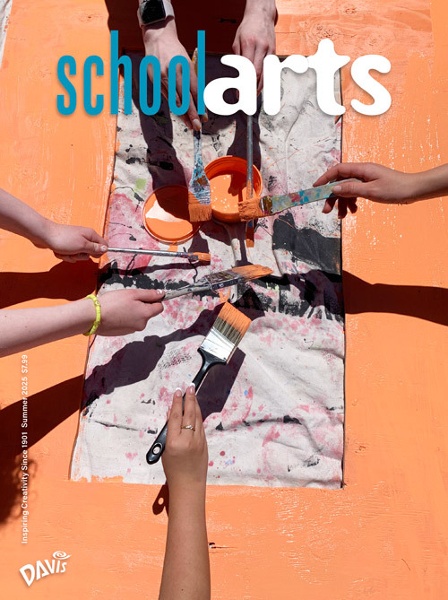Happy New Year 2023: Totoya Hokkei
Mekari Shinji at the Mekari Shrine in Japan is an annual ritual of cutting wakame seaweed—symbolizing wealth and good fortune—from the ocean at low tide on New Year’s day of the old ...
Read MoreMekari Shinji at the Mekari Shrine in Japan is an annual ritual of cutting wakame seaweed—symbolizing wealth and good fortune—from the ocean at low tide on New Year’s day of the old ...
Read MoreIt just snowed where I live and winter is fast approaching. I personally love winter, snow and all, but I know many New Englanders dread it. That’s why there are a lot of “snowbirds” ...
Read MoreThis month, I’m celebrating aizuri-e, or “blue prints,” from Japan’s ukiyo-e style that flourished during the Edo Period (ca. 1615–1868). The color Prussian blue was intr ...
Read MoreThe landscaping and gardens at Nanzen-ji certainly could be considered an outdoor sculptural installation. As landscape architecture, the garden of this extraordinarily peaceful place in Kyoto approac ...
Read MoreThe last couple of years have been rather stressful for all of us, I would imagine, what with the pandemic and all its consequences. When I’m stressed out, I tend to want to look at art; the mor ...
Read MoreI have such an admiration for Japanese monochromatic painting that I decided to celebrate the firm establishment of autumn with one of my favorite nihon-ga artists, who was also featured for his winte ...
Read MorePine trees are one of the three “auspicious friends”—plants (along with bamboo and plum blossom) that help welcome the New Year in Japan. Pines are auspicious because they survive an ...
Read MoreIt’s the last day of November 2020. In Japan, the historical (traditional) calendar was based on the Chinese lunar calendar, which meant that months began three to seven weeks later than the Gre ...
Read MoreAt the end of this week, August 28, we remember the anniversary of the passing of Kanō Motonobu (1476–1559) of the illustrious Kanō School. Not really a “school,” the Kanō School was ...
Read MoreIf any artists could be called the “masters” of watercolor, it would be the artists of Asia—particularly far eastern Asia (Japan, China, Korea)—who, for centuries, used in ...
Read MoreWant to know what’s new from Davis? Subscribe to our mailing list for periodic updates on new products, contests, free stuff, and great content.
We use cookies to improve our site and your experience. By continuing to browse our site, you accept our cookie policy.
Find out more.

Our new issue is out, and it's all about INNOVATION. Art teachers share new and exciting art-making experiences in and outside the art room.
Read More